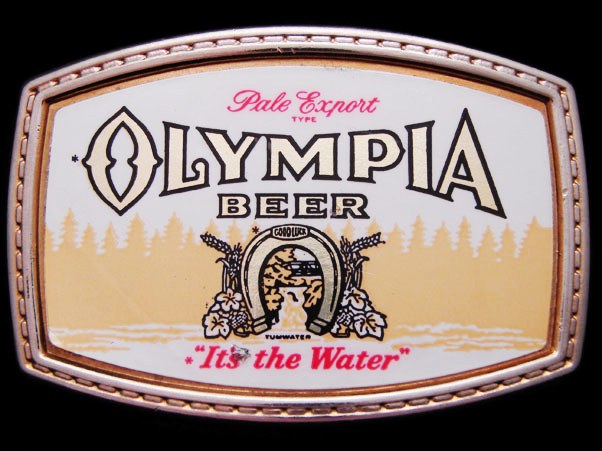It was Atari money behind what was touted as the first family-friendly destination to combine, food, entertainment and lots and lots of video games. Like I said, it was Atari. The maestro of all this was a rodent that Nolan Bushnell dreamed would one day be bigger than Mickey himself. But rodents and food are never a very pleasant pairing.
In the beginning, it really did have a theatre. Every hour, the show would start and Chuck E. himself (was he named after a Rickie Lee Jones song? Or the other way around? History does not record) would strike up his band of animatronic animals to perform a rousing medley of songs and jokes. I use the word animatronic loosely. Disney World had the marvel of long-deceased politicians shuffling around the stage of the Hall of Presidents. The Pizza Time Theatre had a bunch of immobile, herky-jerky “things” that looked like they had been slapped together by 5th graders for a science project. Think of the pathetic, beak-snapping birds of the Enchanted Tiki Room and you’re just about there.
Some locations actually sold beer and wine for the parents and this could lead to trouble when disputes between kids on the arcade floor escalated into full-out brawls between their supposed “guardians.” Sometimes weapons were drawn. To expire by bleeding to death on a filthy carpet in front of a Dig Dug machine while a bunch of cheap robots sing “Happy Birthday” is an ignoble end for sure. And yet it happened a few times each year. Also, to watch your drunken mom make out with the pimply teenager collecting skee-ball tickets was never going to promote the healthy mental development of your average 8 year-old.
Once the video game era came screeching to a halt, this place became a three-legged stool standing on two legs and both those legs were pretty weak. The pizza was shit and the floor show as captivating as watching automated garbage trucks lift and empty dumpsters. And yet Chuck E. Cheese still survives to this day, with something like five hundred stores tucked away in small-market strip malls all over America. Mice can be so hard to kill.










